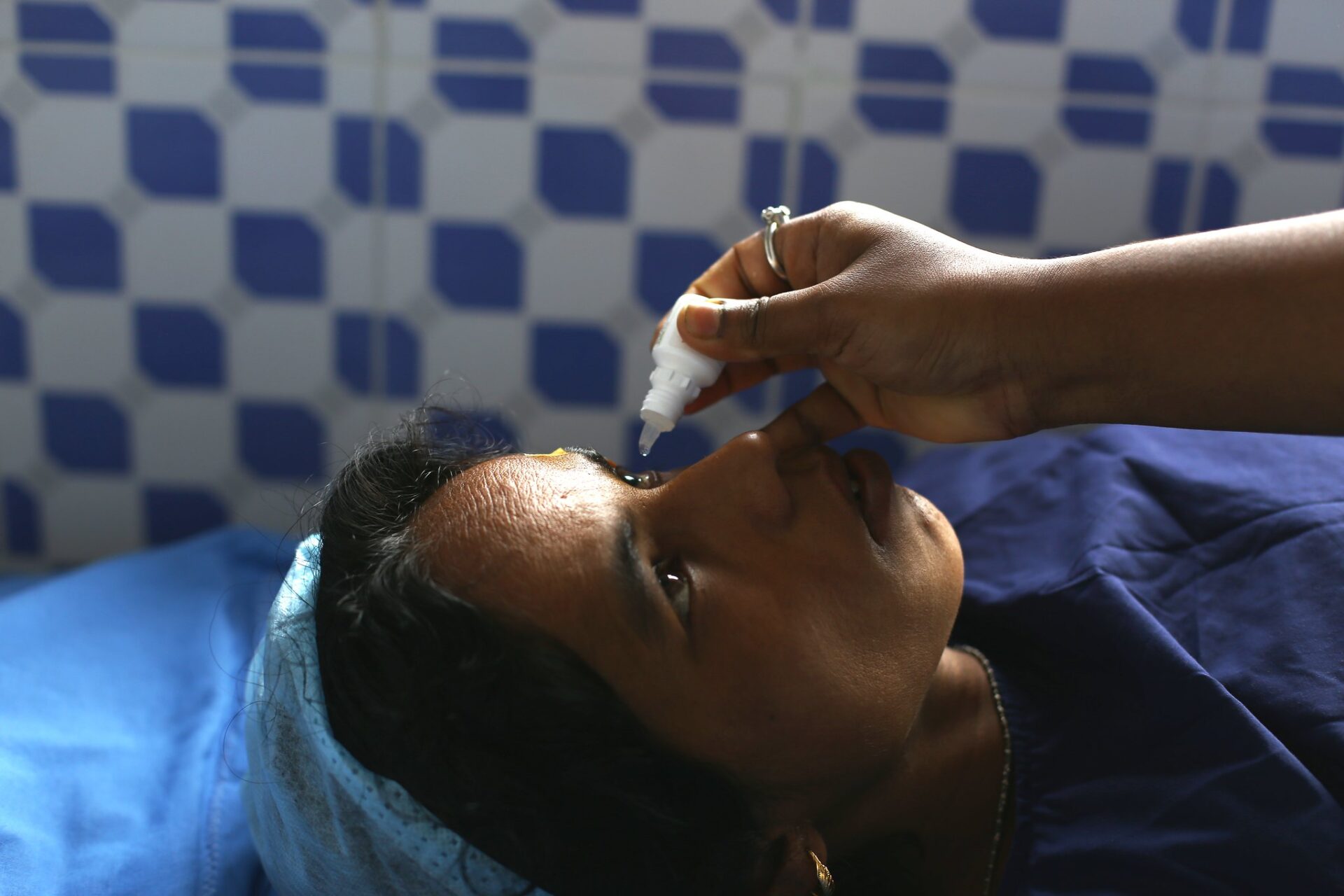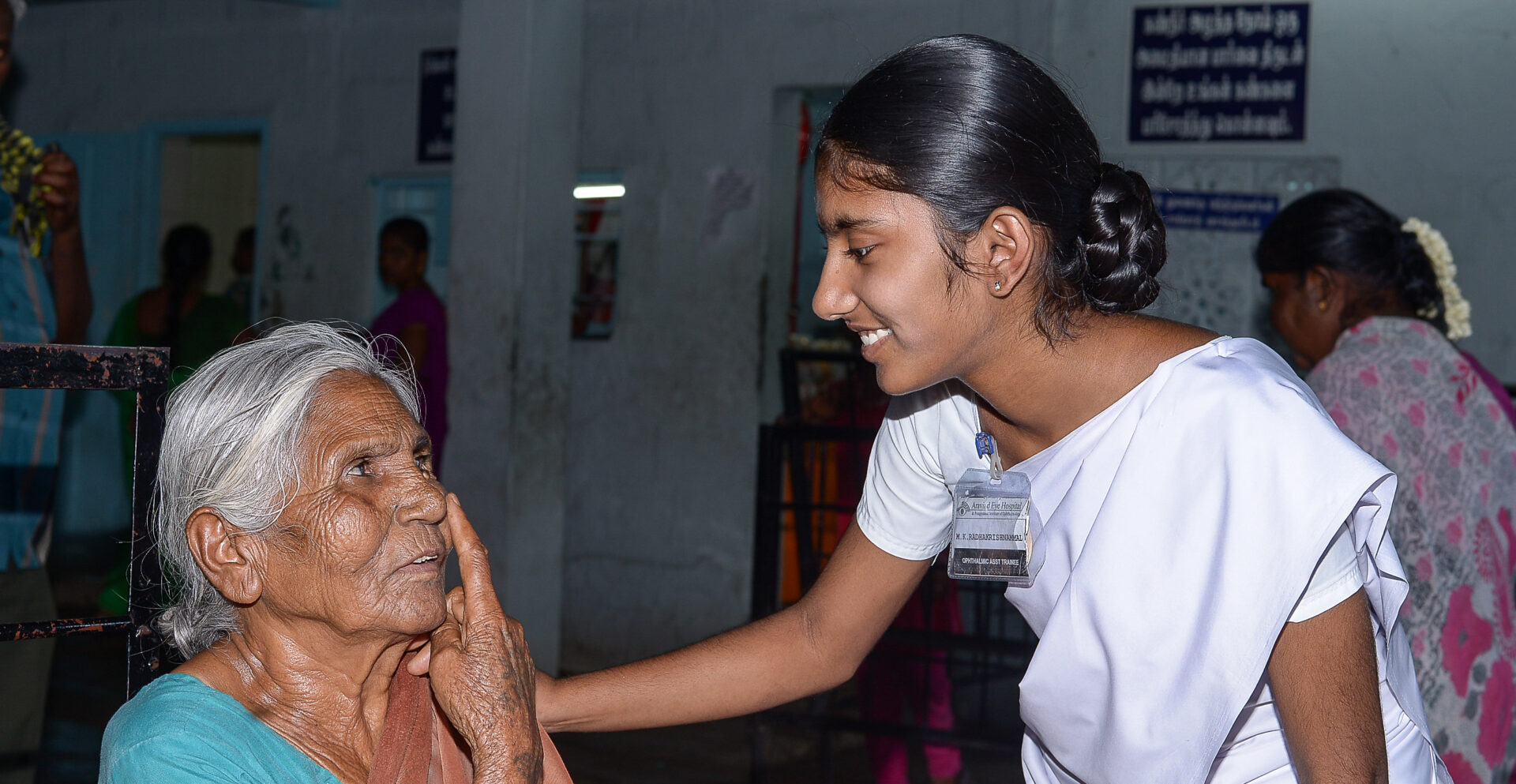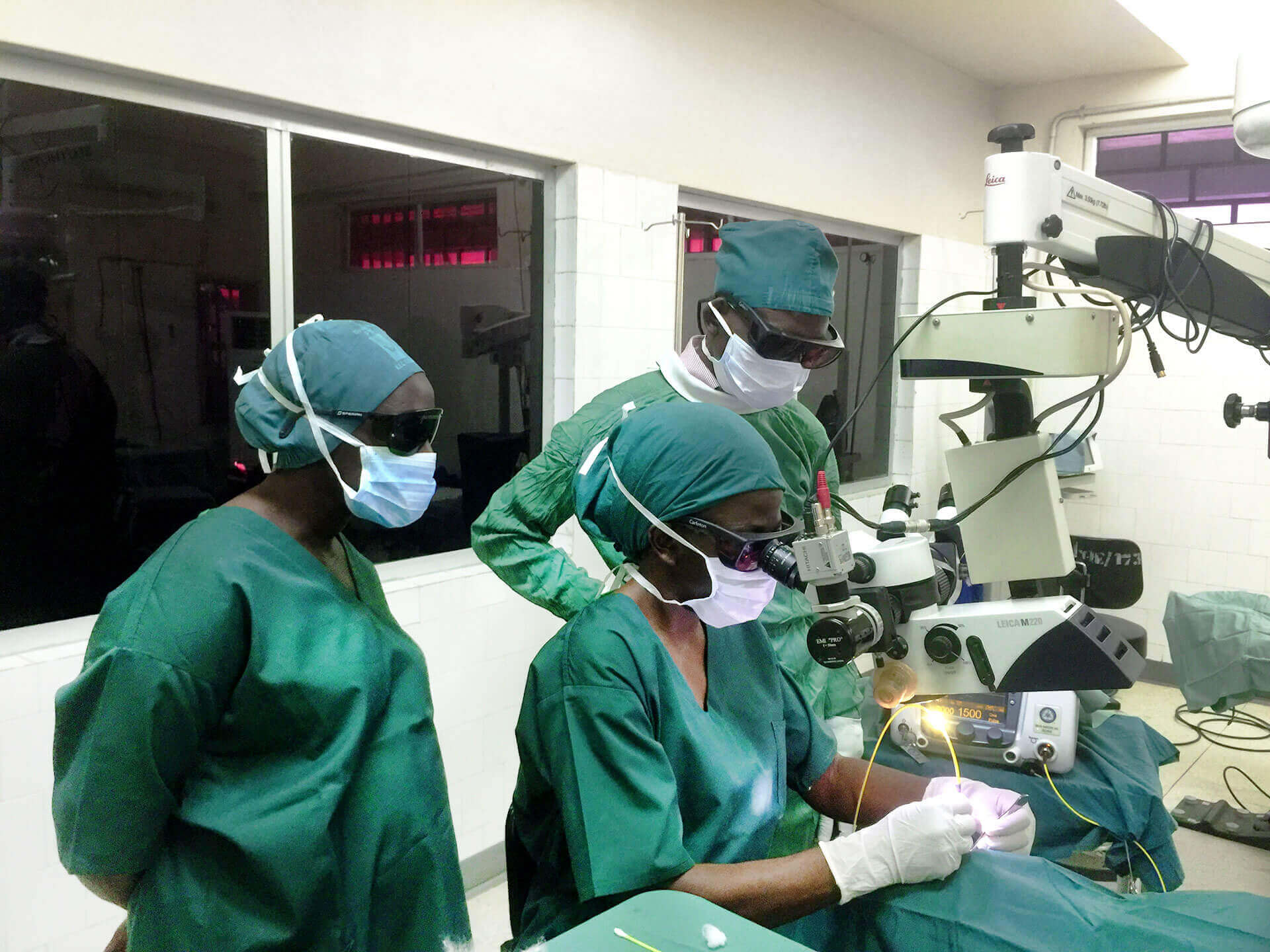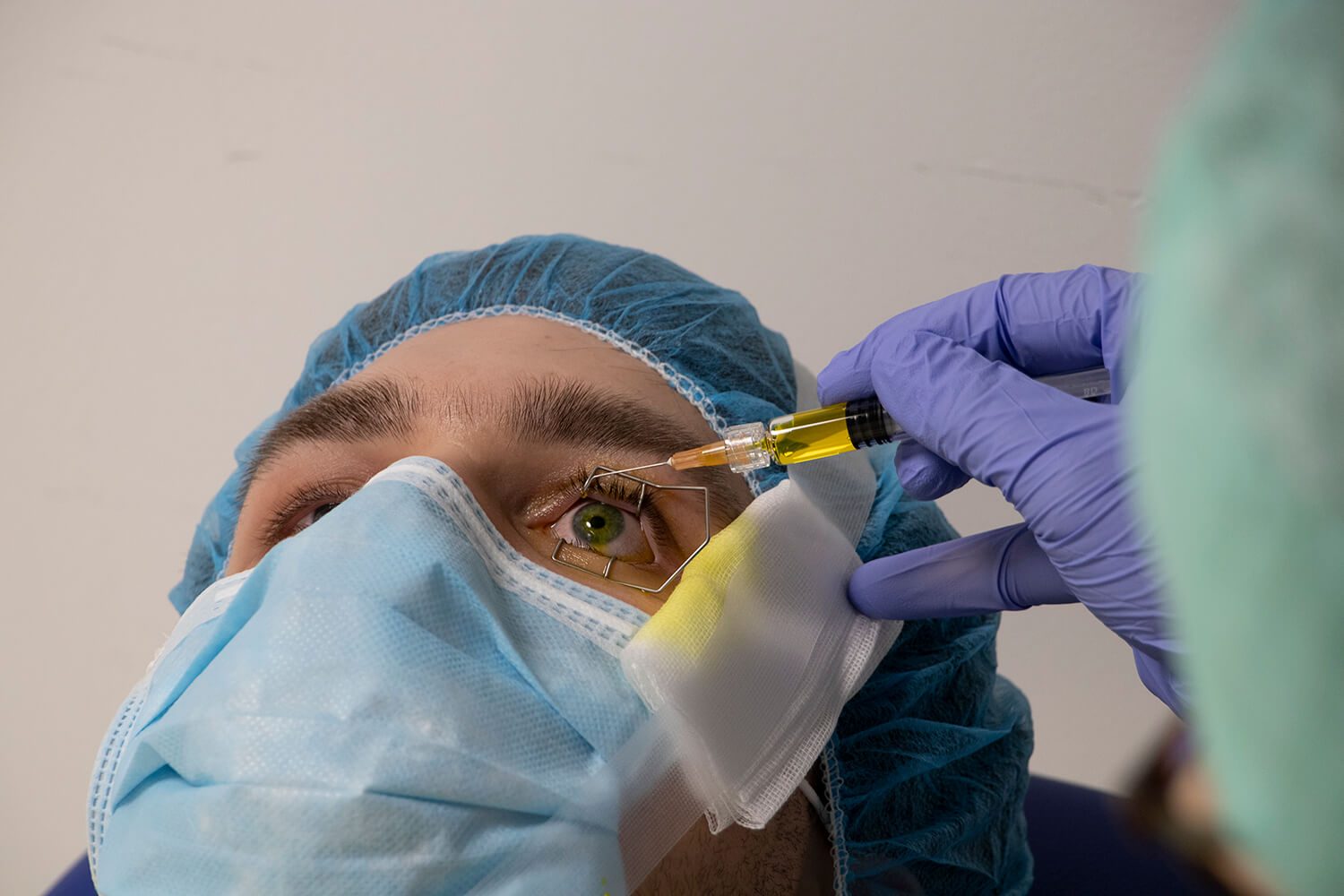Glaucoma is a common cause of visual impairment and blindness. Currently, therapy aims only at lowering eye pressure with eye drops or surgery. As brain dysfunction and eye movement disturbances contribute to poor vision, training eye movements with eye yoga might improve eye movements and blood flow regulations problems. Eye yoga exercises at home may be a valuable no-tech approach to improve vision again.
Harmonizing mind-body interactions with training miniature eye movements
Tiny eye movements connect body and mind
Glaucoma is a group of low vision conditions where high eye pressure leads to optic nerve damage and subsequent vision loss. Recent research suggests that additional mechanisms contribute to the gradual vision loss. This includes problems of blood flow regulation and the loss of control of tiny, jerky and involuntary eye movements called “microsaccades” which are essential for high resolution vision. This paves the way for innovative research in visual, oculomotor and cognitive neurosciences and might help to improve or restore vision again.
No-tech intervention to improve visual perception
Eye yoga is an ancient technique practiced in the Indian subcontinent for more than 3,000 years. By using deep breathing relaxation exercises and daily eye muscle exercises, eye yoga strengthens and stretches the eye muscles which also relax the tissue around the eyes. Eye yoga is now being studied scientifically to determine if it can enhance microsaccades by way of improving eye coordination and brain synchronization, better blood flow regulation with the aim of improving eye health and vision. The project team will test this assumption by measuring how the eye yoga influences microsaccades, blood supply, brain processing and restoration of visual fields. The intervention builds on clinical experience and collaboration with Dr. Tanuj Dada, AIIMS Eye Clinic in New Delhi, India, and is already offered to glaucoma patients in the SAVIR-center, an outpatient clinic in Germany.
The project promises to significantly enhance the knowledge on the mechanisms of low vision and validate a potentially valuable home-training based therapy to partially restore vision. It is a joint and interdisciplinary collaboration of Bernhard Sabel and Andrea Antal, involving psychology, neurophysiology, and ophthalmology. The project benefits of the ongoing collaboration with Dr. Dada and his team in India.
 Share
Share



